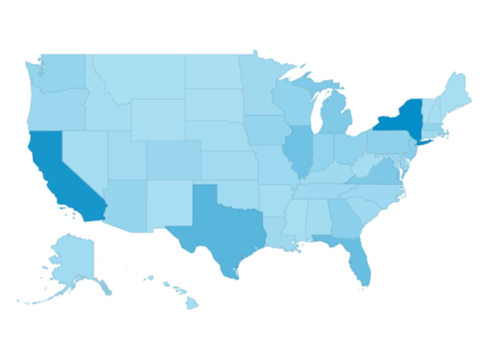Legality of Installing Surveillance Systems
Surveillance systems play a critical role in modern security by preventing theft, safeguarding property, and monitoring activities. However, the legal framework surrounding surveillance cameras—especially hidden ones—demands careful adherence to privacy regulations to avoid violating individual rights.
Surveillance in Public Places
Legality Overview
Installing surveillance cameras in public areas is generally permissible as it does not infringe upon individual privacy. Public areas, by definition, do not guarantee privacy to individuals, and the focus of monitoring is typically on the premises rather than specific individuals.
- Legal Basis: According to regulations, observing public spaces is lawful when conducted transparently, with appropriate signage to inform individuals about the surveillance.
- Examples: Monitoring shopping malls, parking lots, hallways, and public squares.
Requirements for Compliance
Notification:
- Display visible signs or notices to inform the public about ongoing surveillance.
- For international contexts, provide translations in widely spoken languages (e.g., English, Chinese).
Registration:
- Notify relevant authorities, such as data protection agencies, about the installation. This step ensures the footage can be used as legal evidence.
Restricted Zones:
- Surveillance is prohibited in areas where individuals have an expectation of privacy, such as restrooms, locker rooms, and medical offices.
Prohibition of Hidden Cameras:
- Covert recording devices are illegal in public settings. While cameras need not be prominently displayed, their presence must be communicated.
Workplace Surveillance
Legal Framework
Employers are allowed to install surveillance cameras in the workplace to protect assets, ensure productivity, and prevent misconduct. However, such installations must balance the employer's interests with employees' privacy rights.
Requirements for Workplace Surveillance
Employee Consent:
- Employees must be informed and provide written consent.
- Include surveillance clauses in employment agreements or workplace policies.
Data Handling:
- Treat footage as personal data, adhering to data protection laws.
- Specify rules for data collection, storage, and deletion.
Prohibited Practices:
- Hidden surveillance is unlawful unless explicitly consented to by employees.
- Unauthorized use of footage for purposes other than intended (e.g., public release) is a violation.
Consequences of Non-Compliance
- Unauthorized recordings cannot be used as legal evidence.
- Breaches in privacy rights may result in fines and lawsuits.
Home and Residential Surveillance
Legal Considerations
- Private Property: Surveillance is allowed within private properties without notifying neighbors or authorities, as long as it does not intrude on others’ privacy.
- Shared Spaces: For communal areas (e.g., apartment hallways), approval from all residents or homeowners is required.
Key Guidelines
Avoid Neighbor Intrusion:
- Cameras must not record neighboring properties or private spaces.
Open Surveillance:
- Transparent camera placement is more effective for deterring crimes and ensures compliance with legal norms.
Community Approval:
- In shared residential complexes, installations require majority consent during tenant or owner meetings.
Legal Restrictions on Hidden Surveillance
Hidden cameras are generally prohibited across public and private domains, except in rare cases where they are used for personal security and do not infringe on others’ rights.
Penalties for Violations
- Fines: Significant monetary penalties for illegal surveillance.
- Imprisonment: Severe violations can lead to criminal charges, including imprisonment for up to four months.
Conclusion
- Surveillance systems are legal when installed transparently and in compliance with privacy regulations.
- Inform individuals of ongoing surveillance and restrict cameras in areas with an expectation of privacy.
- Properly handle and store footage, treating it as sensitive data.
- Avoid hidden surveillance, as it often leads to legal disputes and penalties.
By adhering to these guidelines, individuals and organizations can ensure their surveillance systems enhance security while respecting privacy laws.

